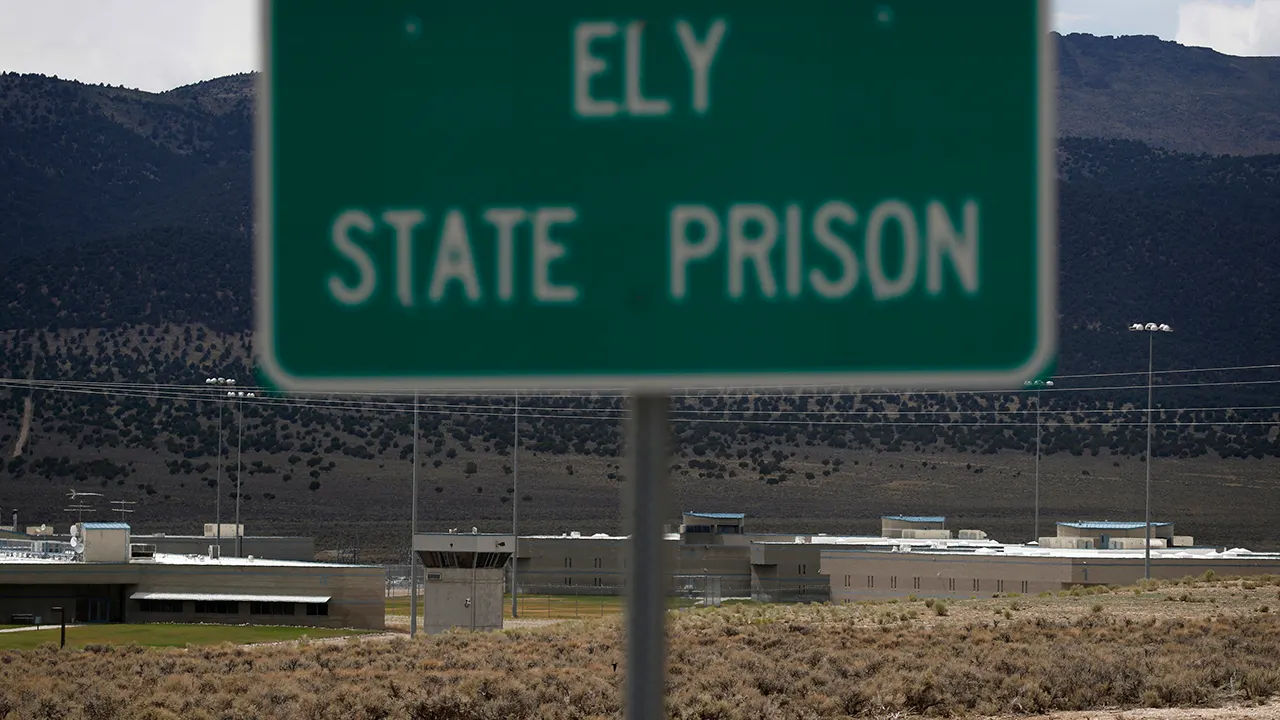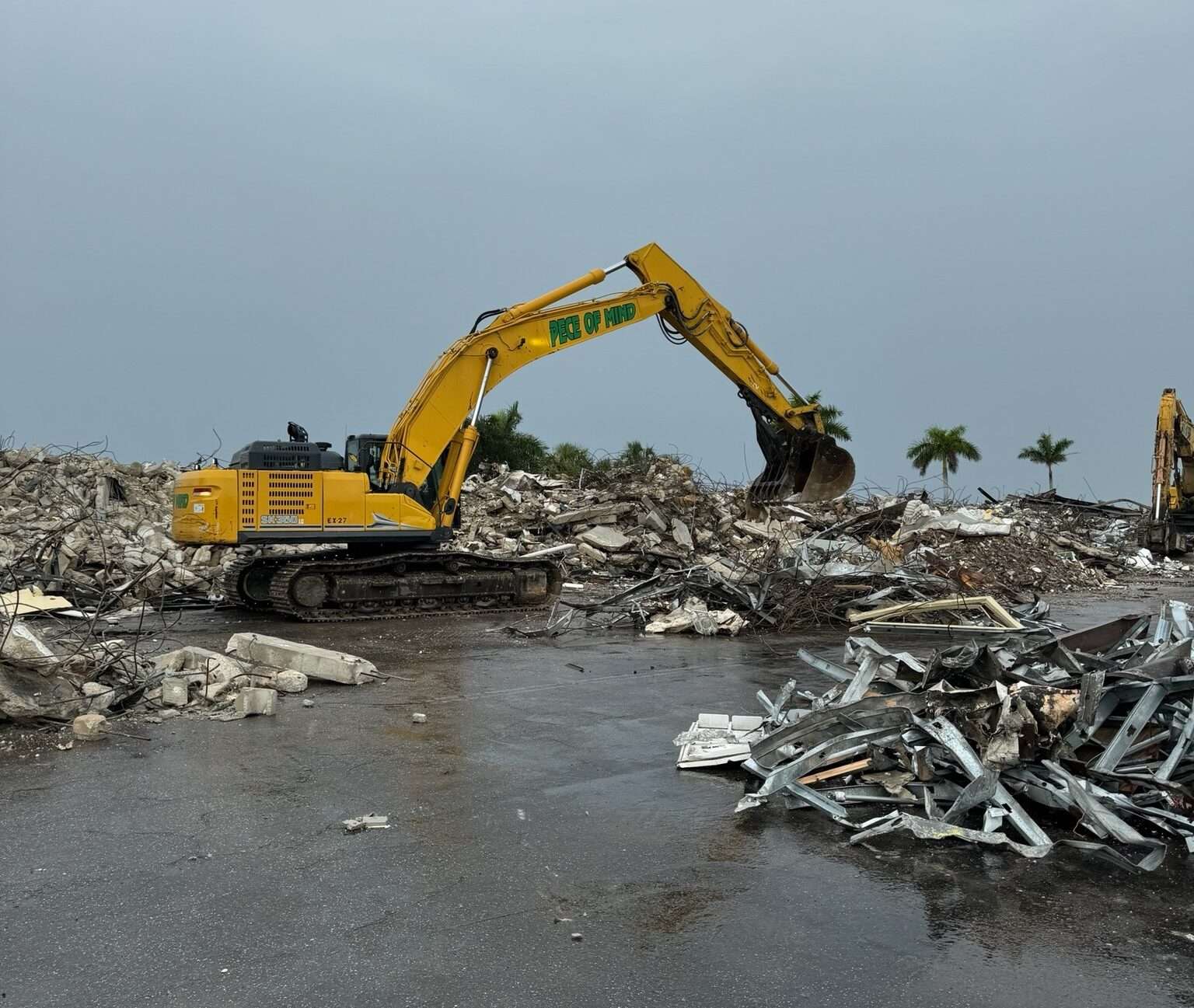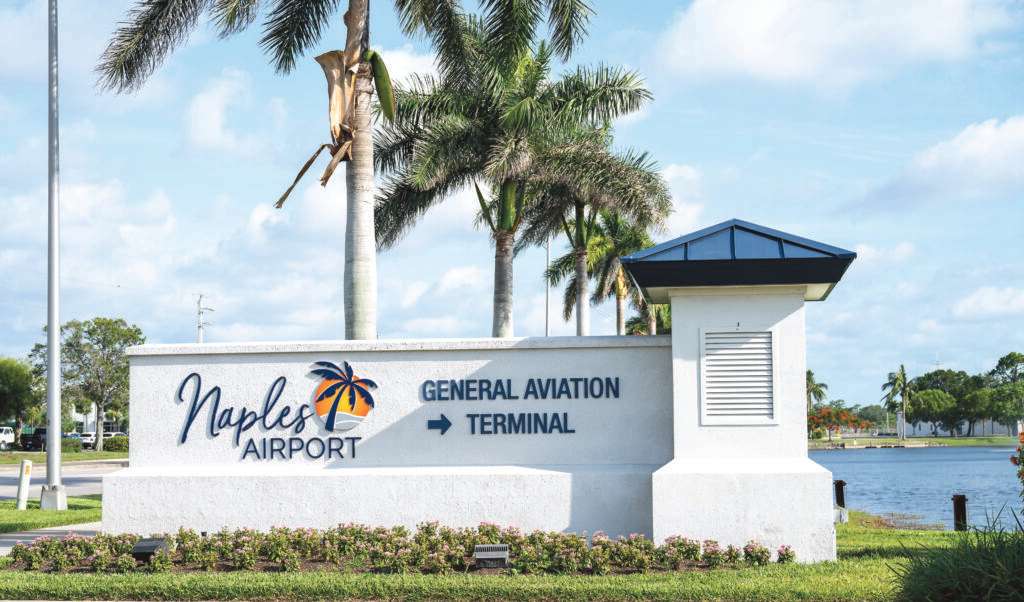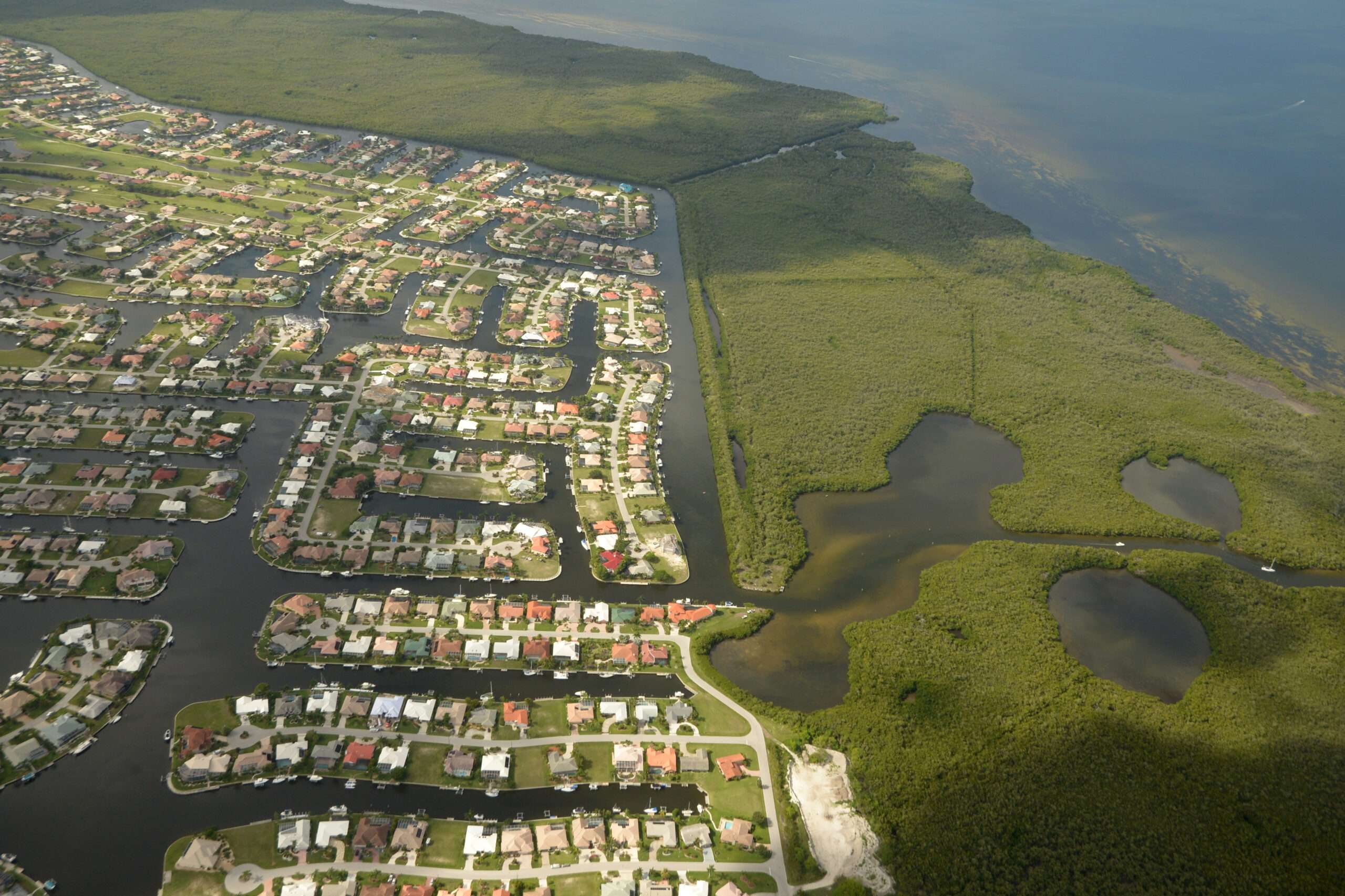Naples Airport Authority Holds Pivotal Discussions on Potential Airport Relocation
Naples Airport entrance
Naples Airport Authority finds itself at a crossroads, contemplating the future of the airport that has served its community for 81 years. Discussions with the Naples City Council and Collier County Board of Commissioners have gained urgency, as feedback from tenants, businesses, and residents highlights the diverse sentiments surrounding a potential relocation.
Authority Chairman Rick Ruppert expressed the desire for a collaborative approach. In remarks made during the authority’s recent meeting, he informed Airport Executive Director Chris Rozansky of an impending meeting with Mayor Teresa Heitmann scheduled for September 5. “I’d like to bring together our community partners and have an honest discussion,” Ruppert stated, emphasizing the need for alignment on future moves.
California-based Environmental Science Associates has been tasked with conducting a comprehensive exploratory study, which has brought forth four potential sites in eastern Collier County. These locations, however, do not offer immediate solutions. Construction might not commence for eight to twelve years, with estimated operational readiness around 2040 and projected costs ranging from $790 million to $1.6 billion.
The proposed sites are carefully selected, reflecting various distances from the existing airport:
- Site A, positioned east of the county landfill, is approximately nine miles away.
- Site B, located near Lipman Family Farms off U.S. 41, is roughly 11 miles distant.
- Site C, encompassing Sunripe land south of Oil Well Road, extends about 23 miles.
- Site D, near Immokalee Regional Airport, is situated 30 miles from the current location.
The trajectory of this project remains clouded by financial implications. A standard airport is projected to cost between $790 million and $1.2 billion, while a commercial services airport could reach $1 billion to $1.6 billion, with ongoing inflation likely increasing these estimates.

Naples Airport canopy
The Naples Airport, which has its roots as a military airfield established in 1943, is a self-sustaining entity, utilizing no taxpayer funds. It leases most of its expansive 733 acres from the city for just $1 per year while generating an impressive $781 million annually for local economic growth, according to the Florida Department of Transportation. This underlines the airport’s integral role in the local economy and community fabric.
Opposition to the airport’s relocation has gained traction as community members voiced their concerns. County Commissioner Dan Kowal represents an influential voice, stating that the sentiment among many constituents is clear: they wish to see the airport remain operational at its current site. “Many people I’ve spoken with express strong resistance to moving or closing the airport, given its substantial revenue contribution to the area,” Kowal noted.

Wave-like canopies represent coastal elements of the Naples Pier at the Naples Airport
Business leaders also weigh in on the controversy. Stephen Myers, the vice president of Elite Jets, shared his firm’s reservations about a relocation. Elite Jets, which invested $3.2 million to extend its lease until 2050, believes the focus should remain on enhancing noise control measures, which have increasingly become a priority for residents. “Noise control is at the forefront of our mission,” Myers stated, highlighting the importance of recent initiatives like the new noise tracking system that offers transparency.
The conversation surrounding Naples Airport is more than just about infrastructure; it is an exploration of identity, economy, and emotion. Local residents who signed a petition opposing the move argue passionately for preservation, stressing that the airport is a part of their community’s history. “People bought homes near the airport, recognizing its presence since World War II. The airport should remain, as it serves the community,” commented Christel Johnson, a local property team treasurer and an ardent supporter of the airport’s current location.
While the airport authority navigates these waters, it faces a fundamental challenge: how to balance community sentiment with practical considerations regarding future needs. Some might argue that as society evolves, so too must its infrastructures. Yet, the emotional ties to the airport run deep in Naples, making this dialogue not just about air travel but about the character and future of the very community it serves.




































